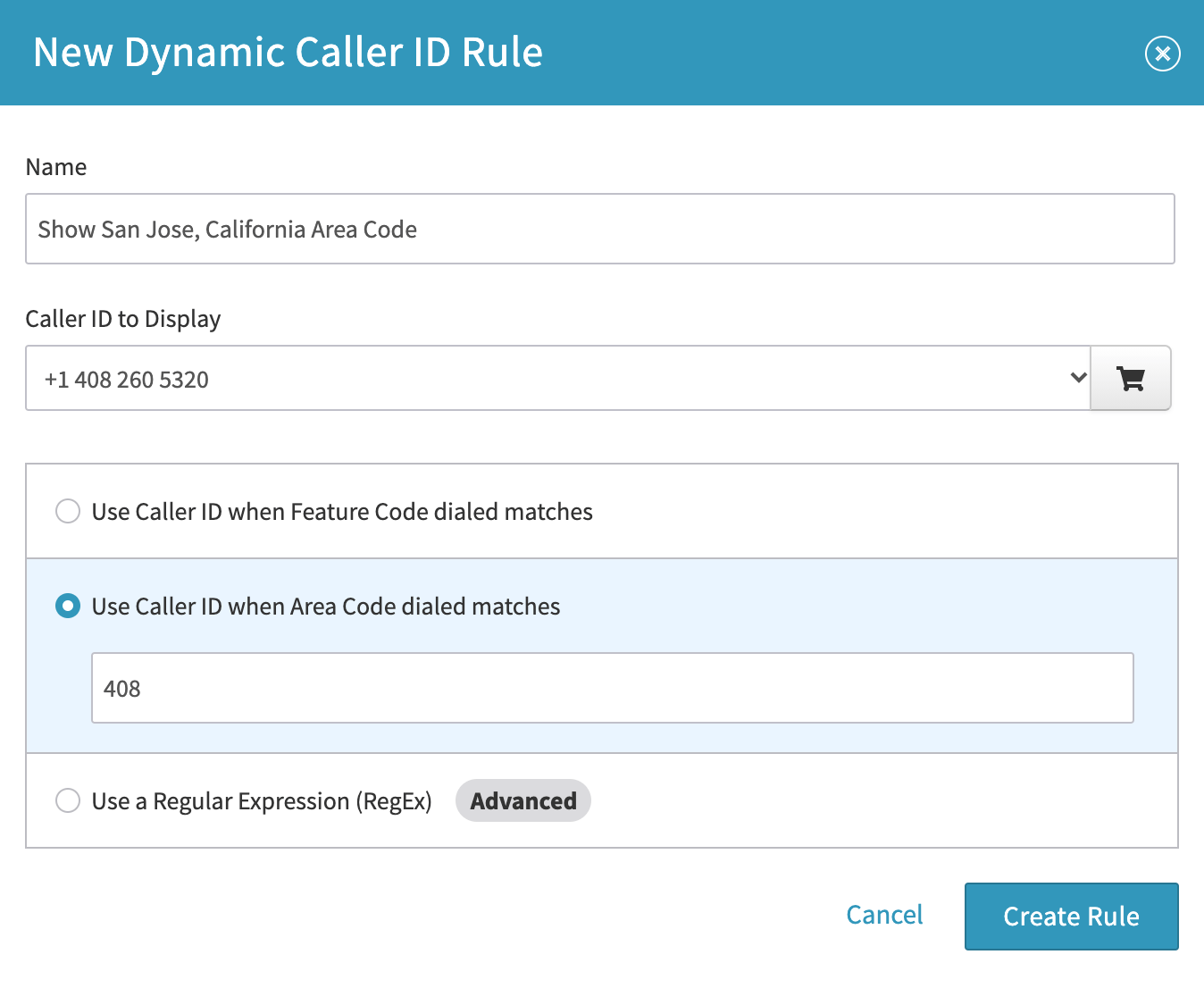During the telecommunications revolution, it’s common for new technology to take some time to mature – and VoIP technology is no exception. Let’s take a second to revisit business VoIP’s early days and appreciate how far the technology has come since then.
While many people remember the late ’90s as the time when the mainstream Internet emerged, along with dotcom mania and a surging stock market, the decade also marks a major milestone in the telecommunications industry – the introduction of VoIP technology.
When business VoIP first came on the scene, its main draw was its cost-saving potential. Operating costs for VoIP service providers were much lower than for traditional phone companies. Plus, businesses no longer had to maintain separate networks for phones and data – a significant money saver.
However, VoIP technology certainly had a few weak spots that couldn’t be ignored. For example, voice call quality paled compared to traditional landline systems. Many users complained about dropped calls, jitter (scrambled or poor quality audio) and latency (the small gap of time between when a call participant speaks and when the voice data reaches the recipient).
Now flash forward to present day.
VoIP technology has evolved into a whole different animal. For instance, HD voice quality puts the performance of old PBXs and PSTN voice connections to shame. Today’s VoIP technology meets and even exceeds conventional voice reliability. And with technology like Virtual PBX Complete with VoIP Anywhere, it’s possible to use your smartphone, tablet and/or computer as an extension of your VoIP system. In other words, you can have complete business phone system capabilities from anywhere with a broadband connection – perfect for businesses with remote or traveling employees.
The introduction of business VoIP has truly shaken up the telecoms and business landscape, and the technology just keeps getting better. Give it another five years, and you can bet the majority of worldwide voice traffic will be using VoIP protocol.






